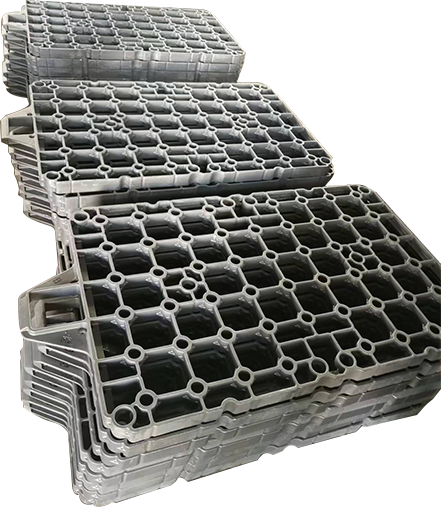best steel for heat resistance
High temperature resistant steel, particularly austenitic stainless steel grades like 310S and 253MA, represents the pinnacle of heat resistant metallurgy. These specialized steel variants are engineered to maintain their structural integrity and mechanical properties under extreme temperature conditions, often exceeding 2000 degrees Fahrenheit. The exceptional heat resistance stems from their carefully balanced chemical composition, typically featuring high chromium content (20-25%) and nickel (20-22%), along with strategic additions of elements like silicon and rare earth metals. These steels form a protective chromium oxide layer when exposed to high temperatures, preventing further oxidation and deterioration. Their unique crystalline structure remains stable at elevated temperatures, resisting deformation and maintaining critical mechanical properties. Common applications include industrial furnace components, heat treatment equipment, chemical processing vessels, and critical components in power generation facilities. The steel's remarkable durability under thermal cycling conditions makes it indispensable in operations where repeated heating and cooling cycles are common. Its resistance to thermal fatigue, coupled with excellent oxidation resistance, ensures extended service life in demanding high temperature environments.
